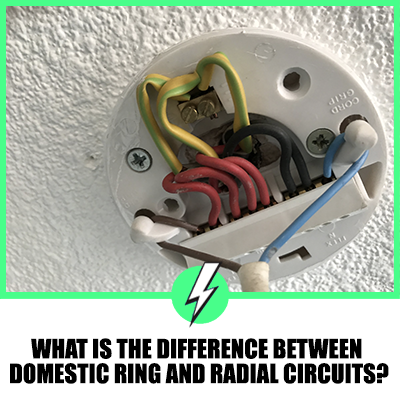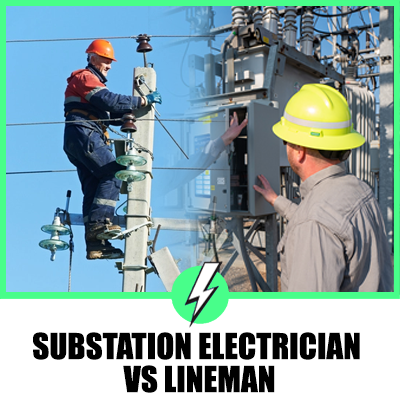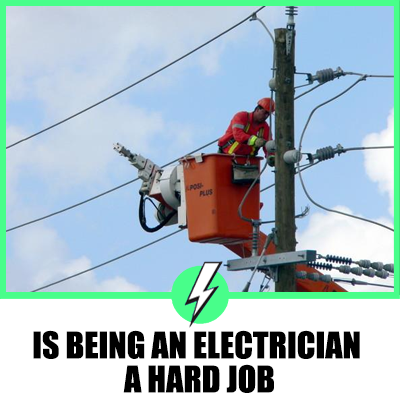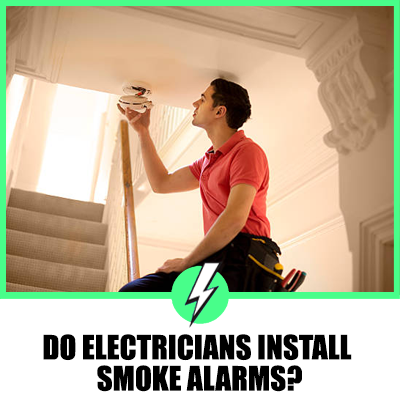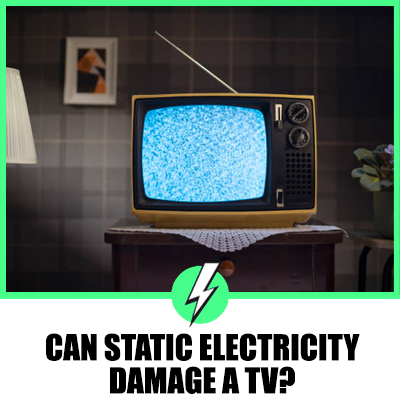Can You Spray Foam Over Electrical Wires?
Expanding foam leaves a sticky residue on everything it touches. Will it be safe on electrical insulation or react with other materials?
Yes, you can cover cables with expanding foam. Expanding spray foam is used frequently in the building industry to seal gaps that otherwise might compromise insulation integrity. There is no evidence to suggest that spray foam reacts with electrical insulation or damages the circuit.
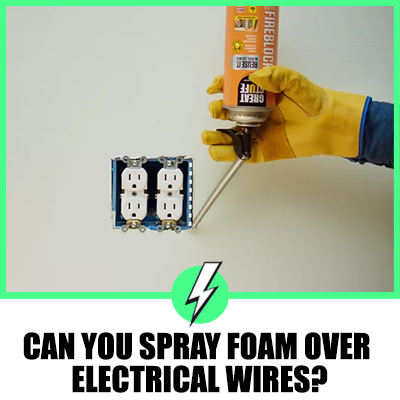
Contents
Is it OK to use spray foam around electrical outlets?
Around the outlet, yes in the outlet, no. If you spray expanding foam inside an electrical outlet, it will cause heat to build and cause a fire.
Expanding spray foam was never invented on electrical outlets but as an insulator and a gap filler around pipework.
Spraying insulation expanding foam in an internal cavity seems pointless as the cavity will be filled with a suitable insulation fibre such as rock wool.
Can I cover electric cables with insulation?
Yes, if you look in your loft, your electrical cables will be covered with fibre insulation. You can also spray insulation over electric cables without causing any problems.
Your electrician has calculated how much heat can be generated within the cable when under load and has used a suitable RCBO that will trip if the load exceeds the design parameters of the circuit.
Can you put fibreglass insulation over electrical wires?
Yes, you can, but never compress the fibreglass mat is unimportant. This will cause it to lose its R-value as an insulation product.
The idea is not to reduce the dead air space of the insulation material and keep it as thick as possible for the best insulation properties.
Can electrical wires touch insulation?
Yes, insulated wires can touch insulation and are indeed wrapped in insulation when the insulation is being installed.
However, live conductors mustn’t come into contact with insulation. This could cause a fire.
Do you put insulation over or underwires?
It’s normal for the insulation to be fitted in a new build when the electrician has finished laying cables in the loft, so the insulation is laid over the cables in either rolls or mats for ease and speed.
Can you run cables through Kingspan?
There will be a breathable membrane under the roof or in the walls just behind the cladding. When the Kingspan/Celotex or whatever is fitted, there should be an air gap between it and the membrane. It’s usually in this gap that all the cables are run.
However, you can run the cables in the insulation, 2.5 mm ring final derate to 20A or for a 4mm ring final circuit, you can use a 32A RCD
What is the most fire-resistant insulation?
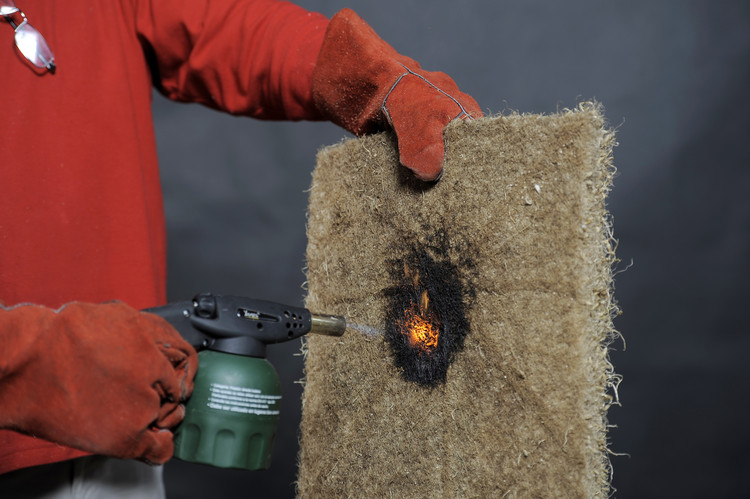
Mineral wool-like Rock Wool is made from melted rock and spun like candy floss to give the texture and appearance.
Rock Wool is a great insulator and, due to its superior temperature resistant properties, makes a good fire insulator.
Can expanding foam catch fire?
Yes, when first applied, the foam is propelled from the canister with a methylene-diphenyl diisocyanate (the propellant). This is inflammable.
The gas propellant is heavier than air and will sink to floor level. If there is an ignition point, it can explode with ferocity.
Once the foam has dried, the hazard has dissipated, and the expanding foam is safe as an insulator.
Is spray foam flammable Once dry?
Yes, once the foam has cured, it needs to be exposed to a temperature of 116℃ before it ignites.
Can you add electrical cables after expanding spray foam has been installed in a cavity wall?
Yes, Sturdy closed-cell spray foam can make this job much harder, but open-cell spray foam, which is fairly soft, can be extracted with relative ease.
You can carve out the spot needed for the wires, install what you need, and then re-fill the insulation if the foam isn’t fully penetrated.
Remember that it’s a lot easier to spray foam over electrical wires than it is to install electrical wires in spray foam.
Where should you not use expanding foam?
There are times when expanding foam is just not suitable for the job at hand, such as:
- For areas close to power outlets, this can be a fire hazard.
- Again, there is a potential fire hazard for areas close to ceiling roses and junction boxes.
- Expanding foam should not be used in closed cavity wall spaces. The pressure can build sufficiently to force out of the joints in the plasterboard
- If you have allergies or asthma, avoid using and expanding foam until it’s cured.
How do you insulate around electrical wires?
There are several ways to insulate around electric cables, so you need to find the best solution for your installation.
You can insulate around cables by putting a seam of caulking around either side of the cables.
Then place a polythene vapour barrier over the cables securing them with the caulk. This is a standard way for some attic type insulations around cables in older properties.
Is expanding foam waterproof?
Yes, when the expanding foam has cured, the foam will adhere to most common building materials forming a waterproof barrier.
Expanding foam is ideal for filling large gaps and sealing around door frames before adding the final finish.
However, expanding foam needs to be treated with caution by an inexperienced user. Expanding foam can expand up to 30 times and even 300 times its wet compressed volume.
The expansion can make doors and windows hard to open if misused.
Can you use Duponts Great Stuff™ around electrical wires?
You should never allow the foam to come into contact with the conductor. It can cause a fire quickly.
If you get the foam on the conductors, you must remove it once the electricity is off. Use a suitable cleaner to remove the foam.
Great Stuff™ is perfect on cable insulation and will not cause any problems.

